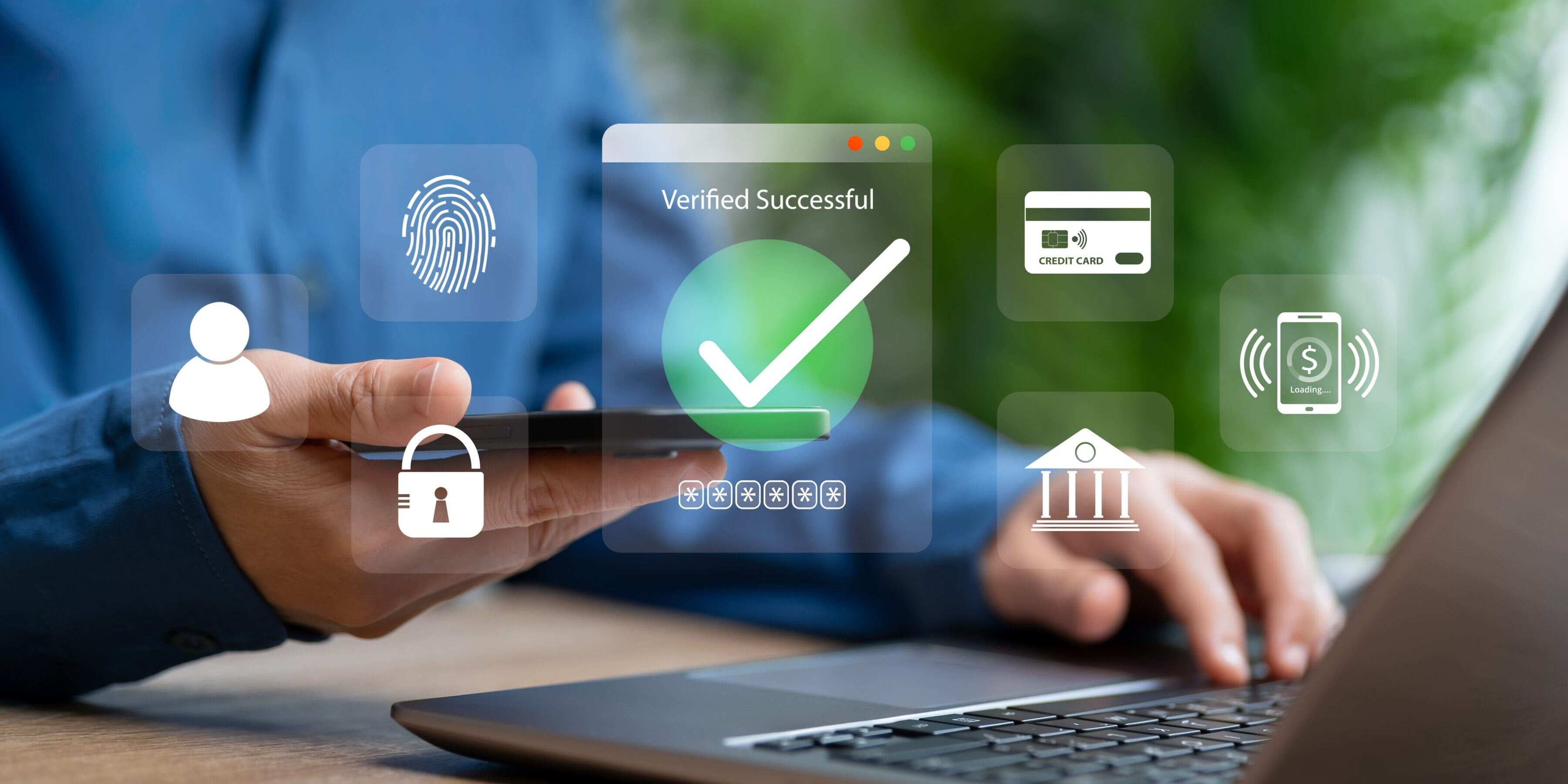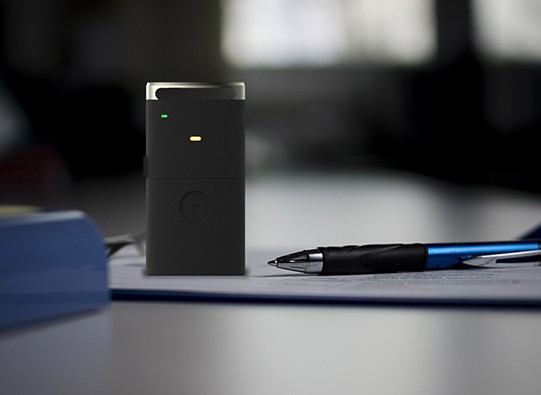
Why Your Employee Logins Are a Goldmine for Cybercriminals
In today’s enterprise landscape, credentials are more than keys to individual accounts. They are the master keys to entire digital infrastructures. As remote work, SaaS platforms, and interconnected systems multiply, employee logins have become one of the most lucrative targets for cybercriminals. A single compromised credential can open the door to financial loss, data breaches, regulatory penalties, and long-term reputational damage.
The Rising Value of Credentials in Login
Credentials are no longer simply a way to access email or files. They are tokens that unlock sensitive systems, cloud environments, and privileged workflows. Identity-based attacks have surged 156% since 2023 and now account for 59% of confirmed cyber incidents in early 2025.
The market for stolen credentials on the dark web is booming. Attackers aren’t just interested in usernames and passwords. They’re also seeking session tokens, authentication cookies, and privileged access accounts.
Credentials are attractive because of their dual value. Attackers can exploit them directly or sell them for profit. Once inside a system, they can escalate privileges, move laterally across networks, or silently exfiltrate data over long periods. Even worse, stolen credentials often remain valid for weeks or months. This enables long-dwell-time attacks that are notoriously hard to detect.
Why Manufacturing and Mid-Sized Enterprises Are Especially Vulnerable
Manufacturing companies and mid-sized organizations often become targets of credential-based attacks. This is not always because they store the most sensitive data. It’s often because they have weaker identity security practices.
Many of these organizations rely on outdated login systems. These may include static passwords, shared workstations, or legacy security controls. In workplaces where employees move between shared terminals, credentials are often reused or written down. These practices create easy entry points for phishing, password spraying, or insider threats.
Legacy infrastructure adds another layer of risk. Many older systems in manufacturing do not support modern authentication protocols. This leaves behind persistent vulnerabilities that cannot be quickly patched.
Passwords for Login Alone Are Not Enough
It’s long been understood that password hygiene is a weak link. Yet many organizations still rely on scheduled password resets and “strong password” policies. These rules often backfire. They push users to create predictable patterns or reuse variations of the same passwords.
Even multi-factor authentication (MFA) is not foolproof. It can be bypassed through session hijacking, adversary-in-the-middle (AiTM) attacks, or stolen second factors like SMS codes. Low-cost tools like Tycoon 2FA—a Phishing-as-a-Service kit—and infostealing malware priced as low as $10 make these attacks easy to carry out.
Any system that requires users to type in credentials is still at risk. Phishing and human error remain constant threats.
Toward Smarter Login: Identity-Centric Authentication
To stop credential-based attacks, organizations must shift to identity-linked, context-aware authentication. These systems bind access to specific users—not just passwords—and monitor how, when, and where access occurs.
Proximity-based authentication is one strong solution. It automatically unlocks a workstation when a verified user is nearby. It then locks the system as soon as they walk away. When paired with biometrics or secure tokens, it eliminates the need for password entry. At the same time, it ensures every session is traceable and tied to a specific identity.
These systems are especially effective in fast-paced industries. In healthcare, manufacturing, and logistics, they reduce friction while boosting security and accountability.
All in All: Credentials Are the New Front Line
Credentials now define the perimeter of enterprise security. Protecting them requires more than rules. It demands a new way of thinking about access, identity, and user behavior.
Experts now recommend a layered defense strategy. This includes phishing-resistant MFA, AI-powered monitoring, employee training, and proactive vulnerability and patch management.
Organizations that lead on this front will not only reduce their exposure to cyber threats. They’ll also improve compliance, strengthen agility, and position themselves for sustainable digital growth.
See GateKeeper Enterprise advanced MFA in action.
Take a self-guided tour of how you can evolve from passwords. Then you're really saving time with automation.




